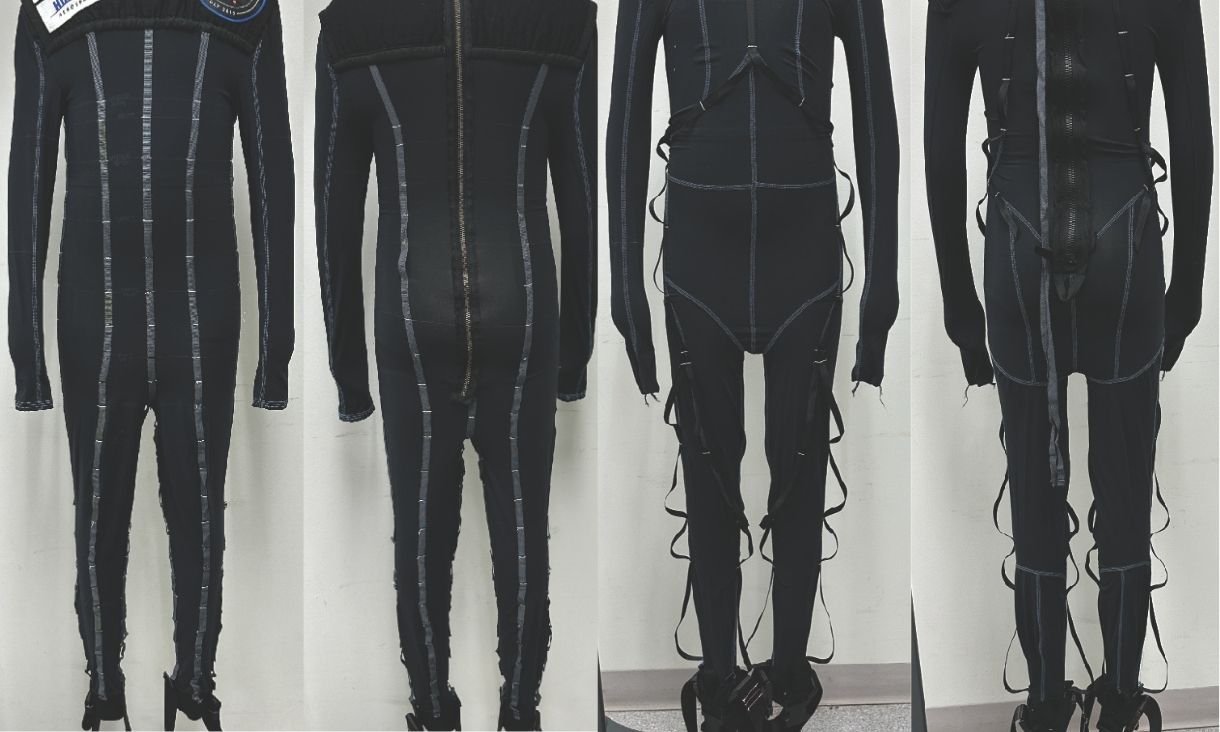How Brooke landed a law job before graduation
Taking initiative, sitting up front, and never being afraid to ask questions are Brooke Gosbell’s top tips when it comes to landing a law job at one of the Big Four.
Vocational Education Animation students are brightening up RMIT's digital learning environment with creative banner designs for Canvas
In collaboration with RMIT's Education Technologies team, students from Vocational Education Games and Animation (VEGA) courses have designed and developed engaging banners to go on Canvas as part of an initiative to make digital learning spaces more connected with RMIT's community identity.
Science students showcase innovation and impact at WIL event
Final-year students from RMIT’s Bachelor of Science program have demonstrated their ingenuity and real-world impact at the 2025 Science Work Integrated Learning (WIL) Showcase.
From virtual popstar to producer – How RMIT helped Winnie find her voice in music
Winnie Jiang, known online as Aoqiye, has billions of streams under her belt. Now, graduating from a Bachelor of Arts (Music Industry) is helping her take her music to the next level.









